Airborne radiometric surveys uncovered radioactive boulders, till, and outcrop across our property. Ground prospecting and sampling revealed uranium concentrations ranging from 2 to 7,575 ppm, with an average grade of 360 ppm uranium. Notably, twelve samples exceeded 1,000 ppm uranium.
Exploring a 1.7 km geological strike, three outcrop samples showed uranium concentrations of 2,538 ppm, 6,650 ppm, and 7,575 ppm. Additionally, five boulders, sharing lithological characteristics with the outcrops and strategically located down-ice, returned uranium levels surpassing 1,000 ppm.
The standout performers are boulders sourced from hornblende-bearing pegmatites within hornblende-rich felsic gneisses, presenting an intriguing opportunity for further exploration and potential discoveries.








